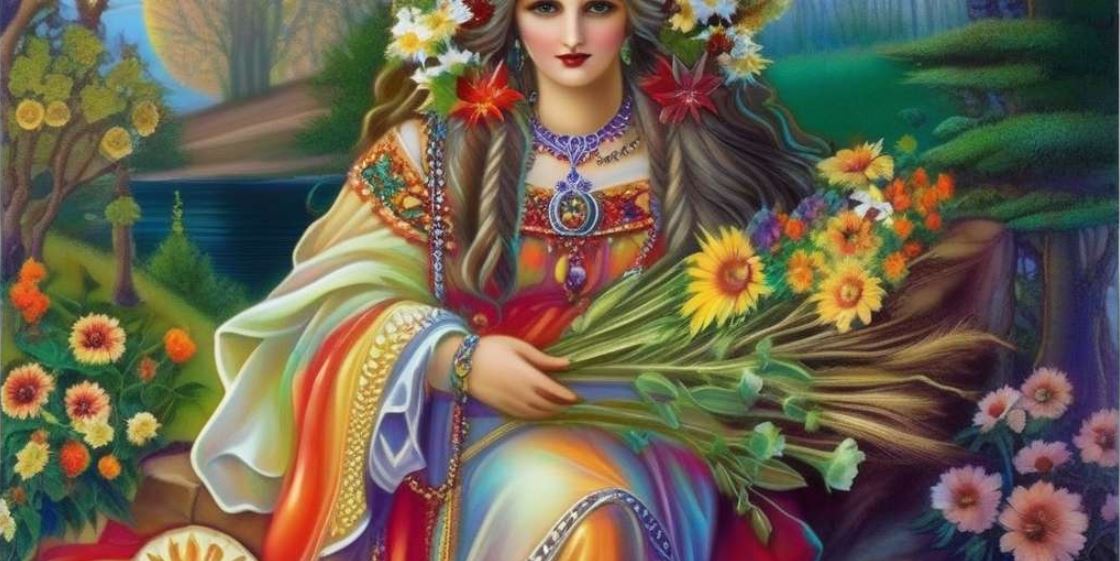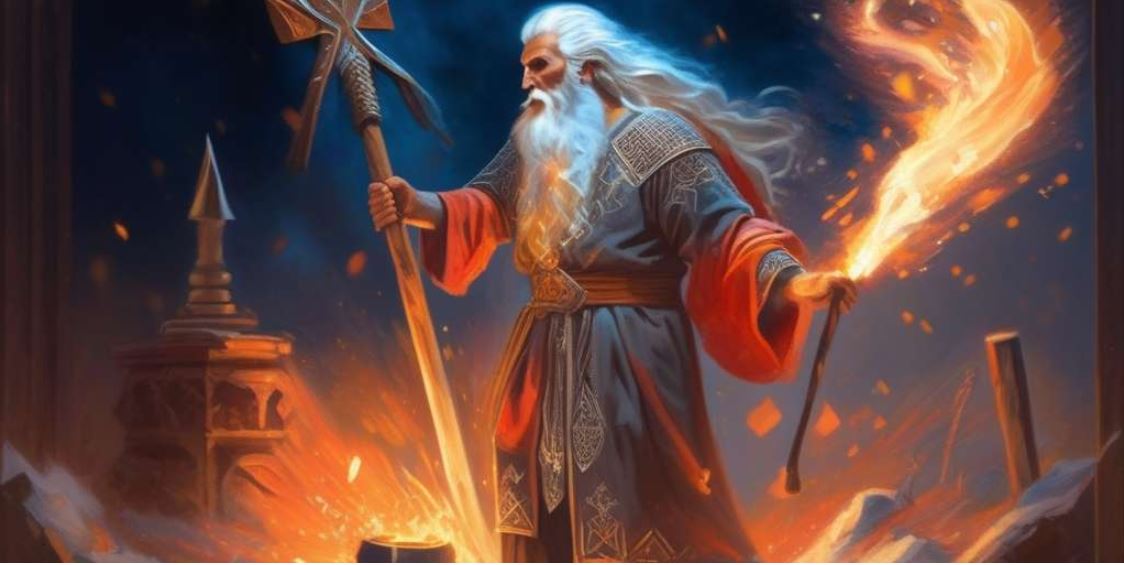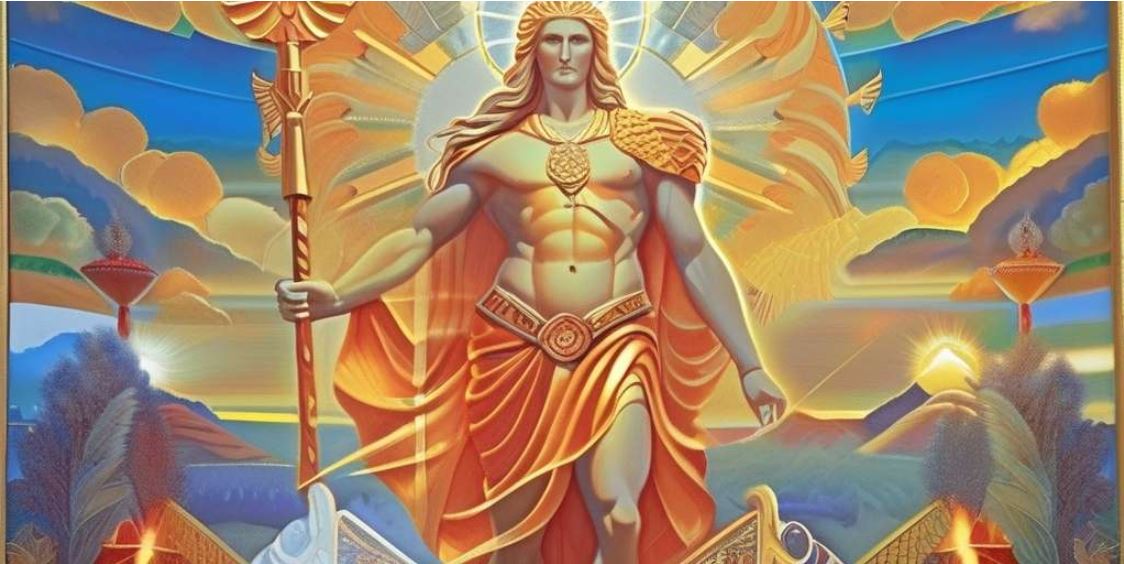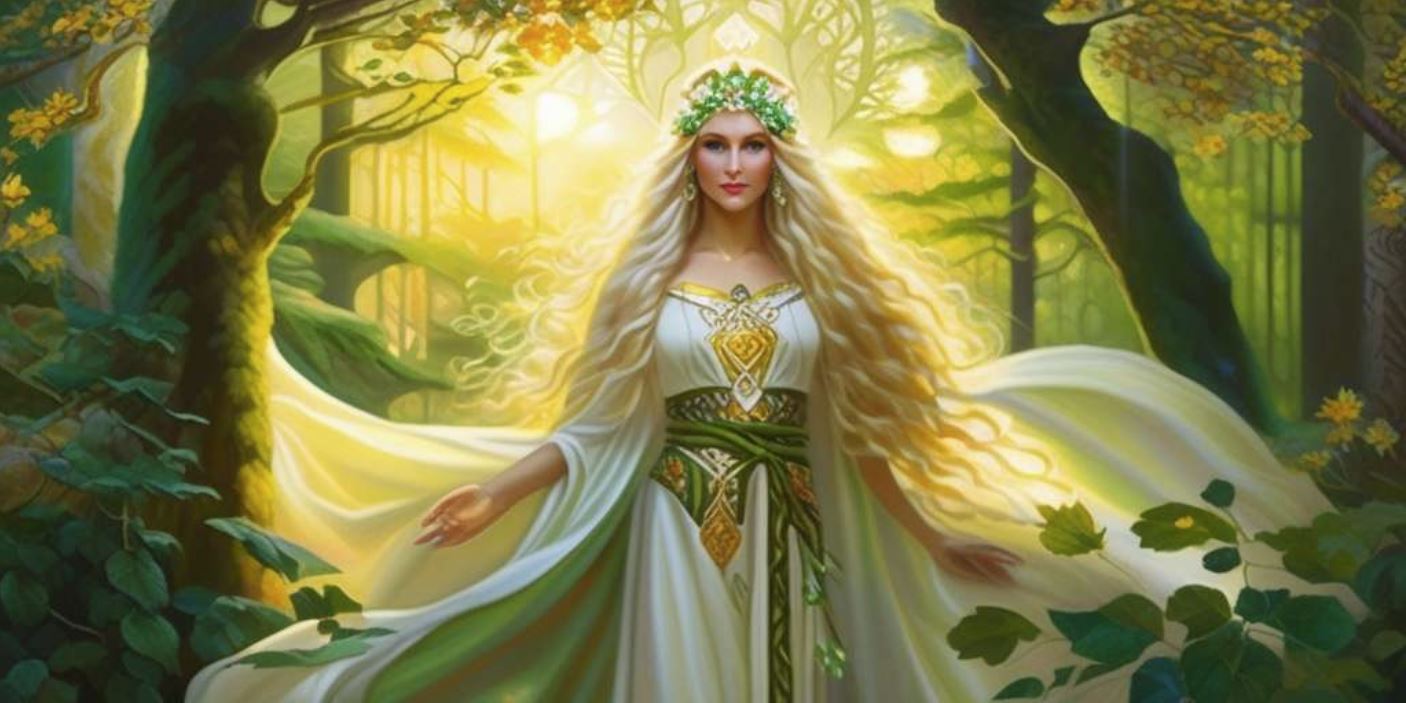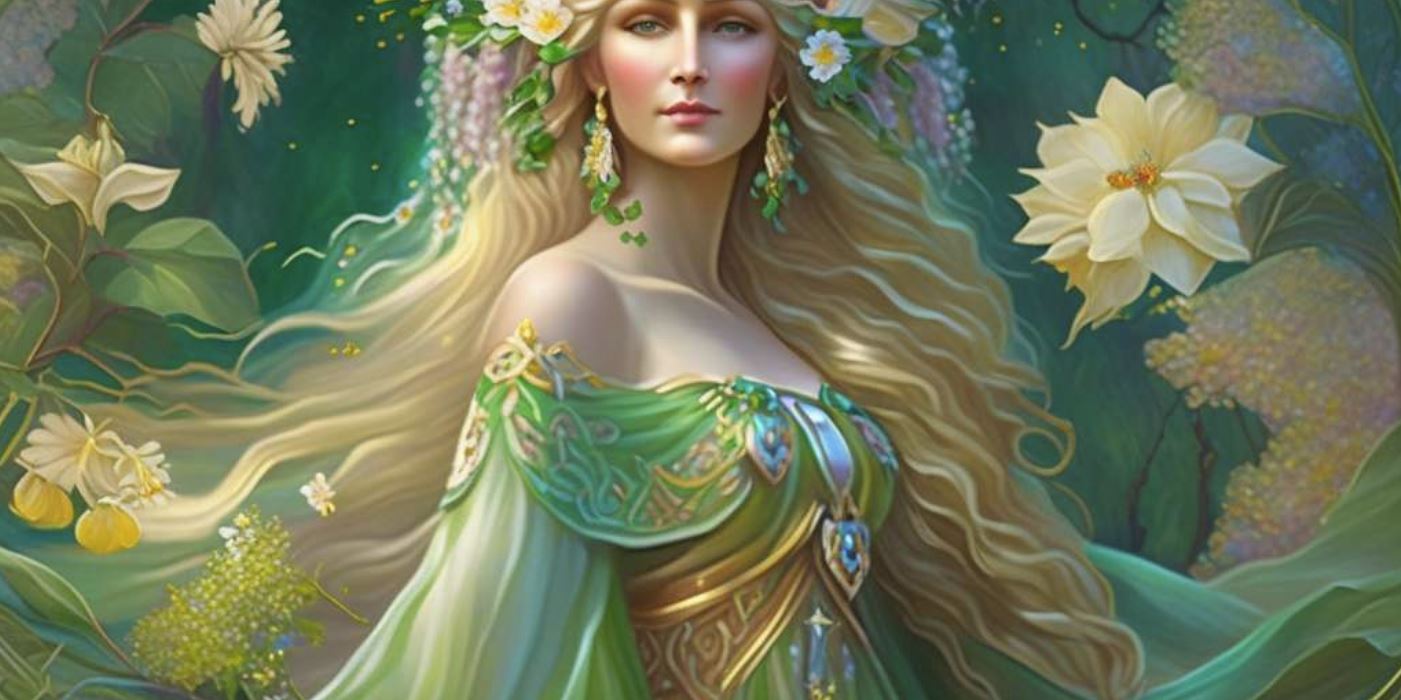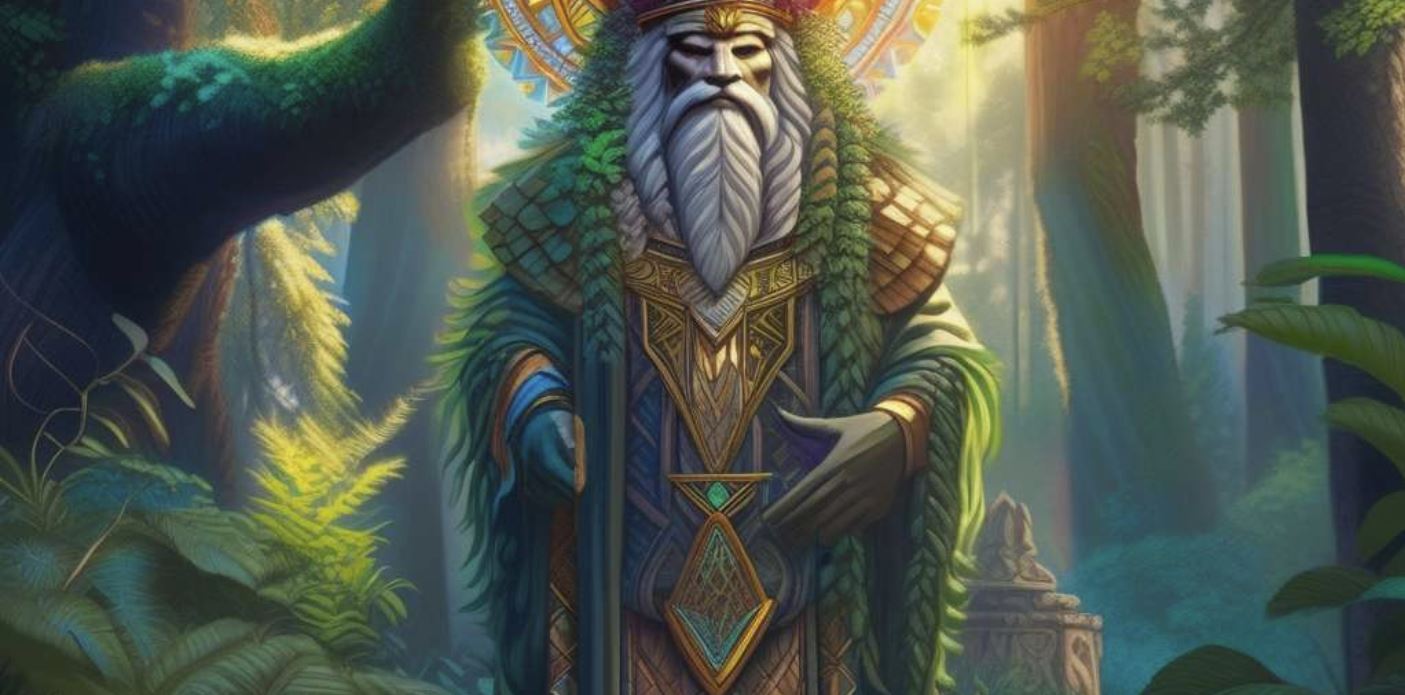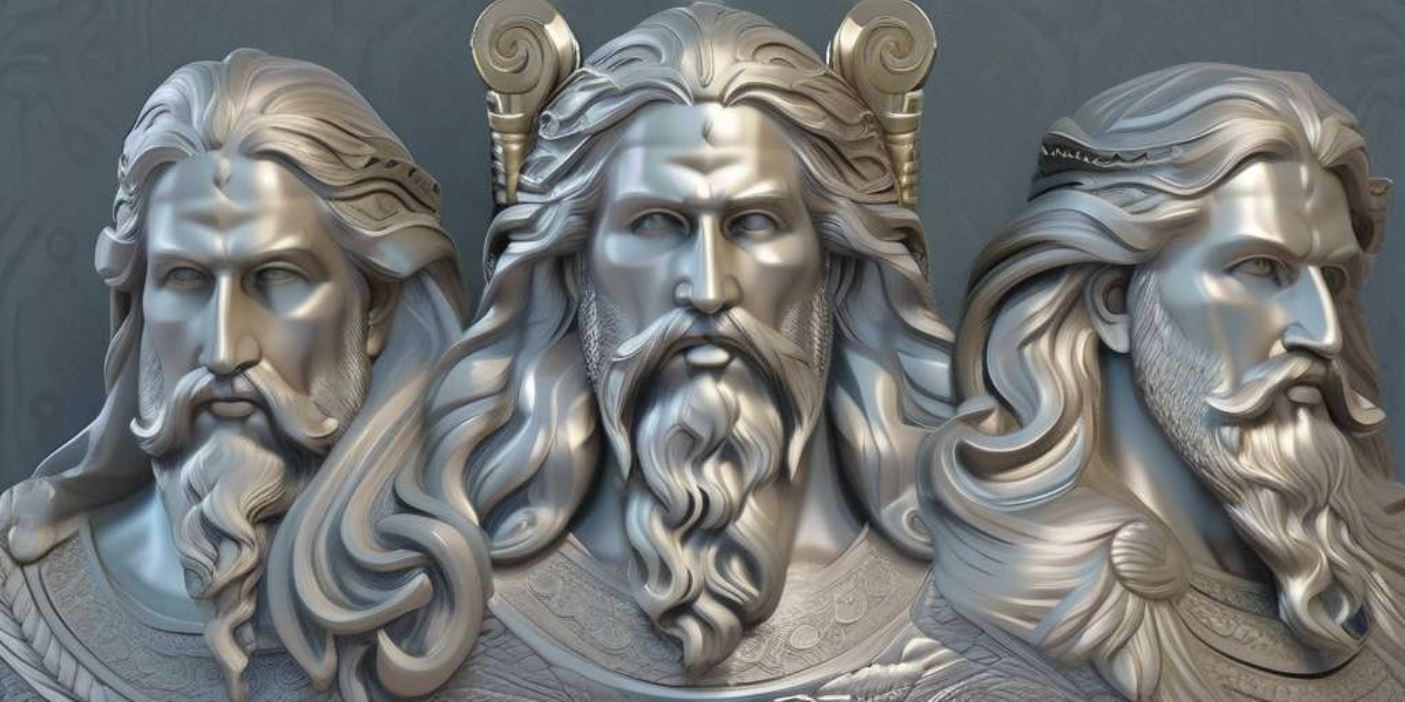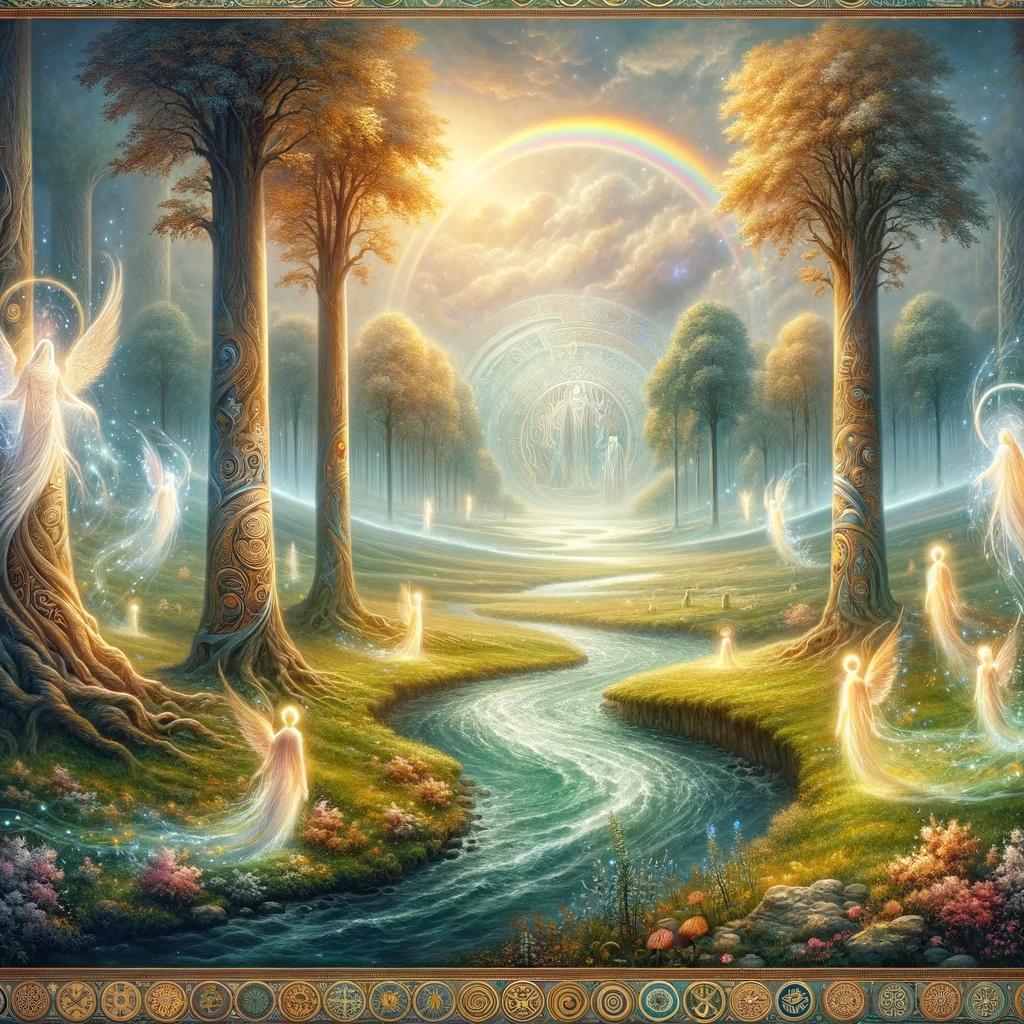Slavic goddess Morana: A Closer Look at the Slavic Deity of Death and Rebirth
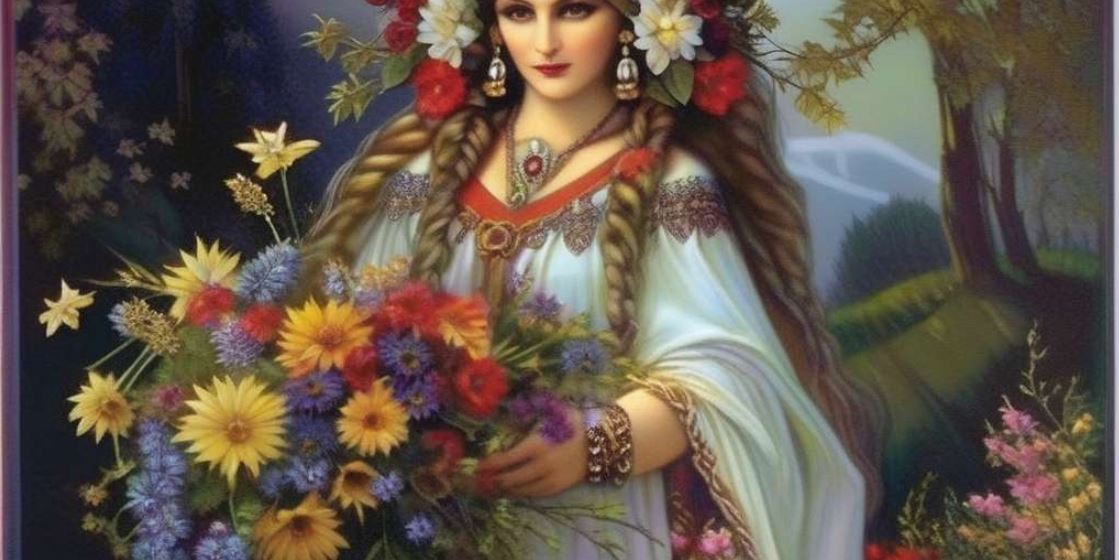
The Slavic goddess Morana, also known as Marzanna or Vesna, is associated with death, rebirth, and the changing of seasons. Comparable to Greek and Roman deities, Morana is revered for her beauty and generosity, while her counterpart Vesna is feared for her darkness and ugliness.
This article explores Morana’s origins, her role as the goddess of winter and death, and the rituals and traditions related to her worship. Additionally, it delves into the cultural significance of Morana and her influence on dreams in Slavic folklore.
About Slavic Goddess Morana
The Slavic goddess Morana, also known as Marzanna or Vesna, holds great significance in Slavic mythology. She is associated with the themes of death, rebirth, and the changing of seasons, particularly the transition from winter to spring.
The worship of Morana dates back centuries and has evolved to reflect the close connection between humans and nature.
As a powerful deity, Morana is often compared to Greek and Roman goddesses such as Hecate and Ceres. She embodies both beauty and darkness, symbolizing the cyclical nature of life and the duality of existence.
Morana’s role in Slavic mythology is multifaceted and represents the complex interplay between life and death.
Traditionally, Morana is considered the goddess of winter and death. Her powers allow her to take on various forms, from a captivating young woman to a malevolent old crone like the legendary Baba Yaga.
She is also associated with other maleficent creatures such as Mora, a female demon, and Kuga, representing plague and disease. This reflects her dominion over both the earthly realm and the underworld, solidifying her status as a powerful and enigmatic figure.
The rituals and traditions associated with Morana offer insight into the reverence and fear that surround her. The burning or drowning of an effigy representing the goddess marks the end of winter and the onset of spring.
This ritual, prevalent in countries like Poland, Slovakia, Lithuania, and the Czech Republic, symbolizes the triumph of light over darkness and the renewal of nature. The aim of these rites is also to ensure bountiful harvests and ward off any lingering traces of the harsh winter.
Another significant aspect of Morana’s worship is the procession featuring cups adorned with ribbons and eggshells, celebrating the arrival of spring. Rituals are also enacted to ward off the influence of Morana, with masked individuals strategically scaring away the goddess.
Ceres, on the other hand, shares similarities with Morana as both are goddesses of agriculture and the harvest, overseeing the fertility of the land.
Morana’s Attributes and Associations
Morana possesses a diverse range of attributes and is associated with various symbolic elements. She is often depicted as a shape-shifting goddess who can transform from a beautiful young woman to a malicious old crone, much like the legendary figure Baba Yaga.
As the ruling deity of both the earthly realm and the underworld, Morana is considered the patroness of the land and holds sway over the forces of life and death.
It reflects the profound connection between nature, death, and rebirth that has been deeply ingrained in Slavic traditions and continues to be celebrated in various rituals and practices to this day.
Morana, the Slavic goddess of death and rebirth, is a complex deity with various facets and powers. This section explores her dual nature, transformations, her role in the cycle of seasons, and her connection to the underworld.
Morana’s Dual Nature and Transformations
This duality symbolizes the inevitable transition from winter, representing death, to spring, symbolizing rebirth and renewal.
As the personification of winter, Morana holds a pivotal role in the cycle of seasons. Her reign over the cold and dark months represents the necessary cessation of life and the purification of nature.
Morana’s Connection to the Underworld
Believed to govern both the physical and metaphysical realms, Morana’s connection to the underworld emphasizes her authority and power over the cycle of life and death.
Understanding her various transformations, her role in the seasonal shift, and her connection to the realm of the departed provides insight into the profound significance of Morana in Slavic mythology.
Rituals and Traditions
Exploring the rituals and traditions associated with the Slavic goddess Morana provides a fascinating glimpse into the ancient practices that revered and sought to appease her. These practices were deeply ingrained in the Slavic culture and continue to be observed to this day.
The rituals surrounding Morana encompass various aspects, from the burning or drowning of the effigy to processions and celebrations of spring, all meant to mark the transition from winter to spring and ensure a fruitful harvest.
Burning or Drowning the Effigy
One prominent ritual related to Morana’s worship involves the burning or drowning of an effigy representing the goddess at the end of winter. This tradition is practiced in countries such as Poland, Slovakia, Lithuania, and the Czech Republic.
The effigy, typically dressed as a woman, is set ablaze or thrown into water, symbolizing the end of the winter darkness and the arrival of spring and nature’s rebirth. The ritual also aims to secure a bountiful harvest.
Despite the attempts by the Catholic Church to banish these ancient pagan rituals, they have prevailed and are still practiced today.
Procession and Celebration of Spring
A significant aspect of the Morana tradition is the procession accompanied by decorated cups adorned with ribbons and eggshells, celebrating the arrival of spring. This joyful procession signifies the joy and renewal associated with the goddess’s transition from darkness to light.
Participants honor Morana’s role as the goddess of death and rebirth by parading through the streets, heralding the awakening of nature and the season of growth.
Rituals to Ward off Morana’s Influence
In order to ward off Morana’s influence, specific rituals are performed. During these rituals, masked individuals aim to frighten and drive away the goddess. It is believed that Morana influences people’s dreams, often causing nightmares.
By driving her away, they seek to protect themselves from these unsettling dreams and her potentially malevolent presence. These rituals demonstrate the palpable connection between Morana and the lives of the Slavic people and their belief in the influence of the divine on their daily lives.
As we delve into the captivating world of Slavic goddess Morana, we encounter a rich tapestry of rituals and traditions that have endured throughout history. From the burning or drowning of the effigy to the exuberant processions celebrating the arrival of spring, these practices provide insights into the significance of Morana in Slavic culture.
These rituals not only demonstrate the deep reverence for Morana’s dual nature as the goddess of death and rebirth but also reflect the enduring bond between mythology, nature, and the human experience.
Cultural Significance and Modern Practices
The cultural significance of the Slavic goddess Morana is deeply rooted in Slavic folklore and traditions. She holds a unique place in the hearts and minds of the Slavic people, embodying the cyclical nature of life, death, and rebirth.
Let us explore the cultural significance and modern practices associated with the worship of Morana.
Morana in Slavic Folklore and Traditions
In Slavic folklore, Morana is revered as a powerful deity governing the transitions between seasons. She symbolizes the harshness of winter and the promise of rejuvenation in spring. Throughout the centuries, Slavic communities have celebrated Morana through various rituals and customs passed down from generation to generation.
One such tradition involves the burning or drowning of an effigy representing Morana at the end of winter. Countries like Poland, Slovakia, Lithuania, and the Czech Republic partake in this ritual to symbolize the triumph of light over darkness, the arrival of spring, and the renewal of nature.
It also serves as an act of ensuring a bountiful harvest in the upcoming year.
Additionally, a procession accompanied by decorative cups adorned with ribbons and eggshells marks the celebration of spring’s arrival. This joyful event emphasizes the transition from the cold grip of winter to the vibrant awakening of nature.
Morana’s Influence on Dreams and Nightmares
According to Slavic folklore, Morana holds sway over the realm of dreams. It is believed that she can influence the dreams of individuals, sometimes causing nightmares or unsettling visions. This belief has fostered various rituals and practices meant to protect people from Morana’s haunting influence.
During these rituals, masked individuals mimic scary beings to scare away Morana and prevent her from plaguing the dreams of the community. These practices illustrate the enduring belief in the power and influence Morana holds over human experiences.
Preservation and Evolution of Morana’s Worship
Despite attempts by the Catholic Church to suppress pagan rituals, the worship of Morana has survived and evolved throughout the centuries. Slavic communities continue to embrace and revere Morana, ensuring the preservation of her traditions and cultural significance.
In modern times, Morana’s worship has adapted to contemporary contexts while maintaining its core essence. Communities organize festivals, exhibitions, and performances centered around Morana, fostering a deeper understanding and appreciation of Slavic culture.
The evolution of Morana’s worship not only showcases the enduring respect for tradition but also highlights the cultural resilience and adaptability of Slavic communities in the face of changing times…………

